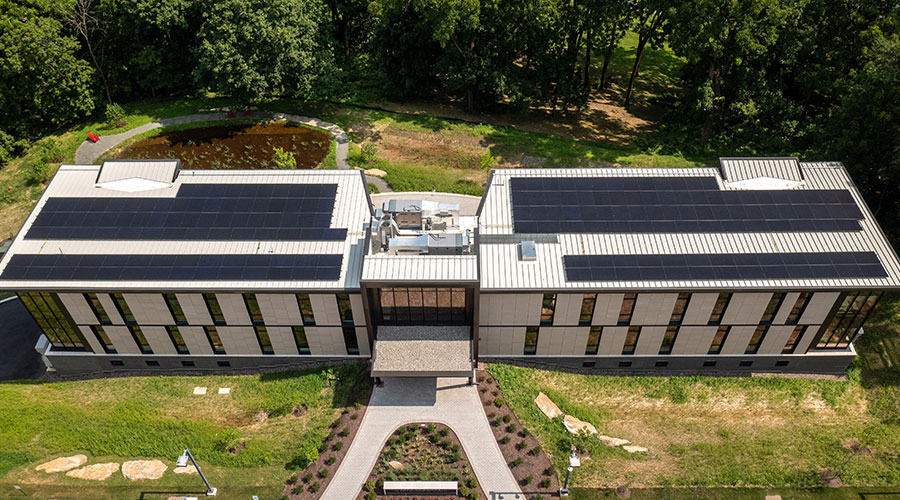Planned Capital Upgrades Present Opportunities For Deeper Energy Savings
Planned capital upgrades present opportunities for deeper energy savings. To achieve deeper energy savings cost-effectively, timing capital-intensive energy retrofit measures with capital upgrades and other events is key. Identifying the measures up front—so you can plan ahead and act quickly when the opportunity arises—is the trick to implementation. Such planning and action requires new analytics that integrate numerous real estate components such as maintenance, capital projects, and space management.
To effectively time energy retrofit measures, energy managers can first develop those measures. New energy analytical tools identify and develop measures, and even estimate a range for capital cost. They do this analysis remotely over the course of a day just by analyzing hourly electricity data (which is sometimes also stored by the utility); no time-intensive on-site energy audit is required. Other tools provide a high-level look at energy performance improvement potential using the same interval data and, with minimal additional data from the IWMS, can further develop retrofit measures to the investment-grade level.
After identifying energy-retrofit measures for the portfolio using remote energy analysis tools or more standard on-site energy analysis, energy managers can create a new retrofit measures database in the IWMS. Having this new database on hand enables managers to integrate energy retrofit opportunities with space management, maintenance and capital upgrade needs, and potentially other real estate issues. Such integration drives down the incremental cost of an energy retrofit, which is the gross cost minus the avoided cost of otherwise required capital or space upgrades.
Tactically speaking, managers can program the IWMS to alert staff when it is the right time for considering one or more of the energy retrofit measures, such as when a chiller or the windows are slated for upgrade or when the space will be fit out for new occupants. In addition, energy managers can create energy retrofit programs that systematically deploy one or two energy retrofit measures in a large group of buildings — each project getting planned and tracked in the IWMS.
Taking such an approach to minimize incremental cost is a good first step toward integrative energy management; the next big step is creating investment cases that comprehensively account for enterprise costs, revenues, and risks.
Related Topics:













